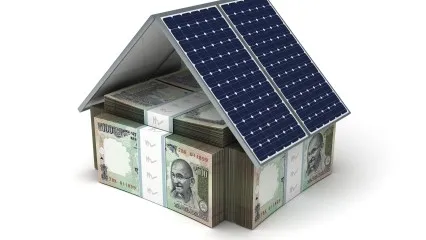
India’s power distributors are getting poor
Their inability to purchase power pulled utlisation down.
As if India’s power sector woes aren’t enough, its financially-stressed power distributors have become the country’s latest troublemakers as they continue to cut down on purchasing power. This inability to buy power from power generators has pushed the gencos to suffer low and declining capacity utilisation--and analysts are becoming wary about where this worrying trend will lead.
This underscores the importance of making sure that power distributors’ financial health is in tip-top shape. “For the first half of the financial year ending March 2016, the overall coal-fired plant load factor (PLF) in India fell 3.2pp YOY to 60%, with that of central-government-owned generation companies (gencos) falling 1pp YOY to 72%, state gencos falling 5pp to 55% and private gencos down 2.3pp to 57%,” says Rachna Jain, associate director, APAC Energy & Utilities, Fitch Ratings.
“The country’s gas-based PLF for the period was unchanged at a low level of around 22%. The 7pp increase in private gencos’ PLF to 19% was offset by the 5.3pp drop in central gencos’ PLF to 23% and a 2.9pp fall for state gencos to 23%. It is primarily fuel unavailability that led to gas-based capacity either stranded or operating at grossly sub-optimal levels,” Jain adds.
The situation has prompted the government to introduce a “revival package” in November 2015 for the distressed distribution companies. Although Jain is positive that it will provide some breathing space, she warns that successful implementation of adequate and timely tariff hikes, and lower aggregate technical and commercial (AT&C) losses will be essential to sustain structural improvement.
Separately, the country’s thermal power-generation capacity has increased by an impressive 11% over the last year to 194GW at end-September 2015, driven by the addition of coal-fired power plants and privately owned facilities.
Hiren Shah, CEO, Global Wind Power, says that an eerily similar problem is plaguing the wind power sector. In their eagerness to secure orders, Indian manufacturers, including the multinationals that have set up operations here, are making concessions and commitments that they will struggle to deliver upon. “Examples include providing extended warranties and generation guarantees, signing up for aggressive delivery schedules and lowering the cost of maintenance contracts,” he explains.



















 Advertise
Advertise







